Summary
The Historical Significance of Puca Pucara
Puca Pucara stands out as a captivating historical site near Cusco, Peru. Its name, translating to ‘Red Fortress’, hints at its past military importance. Visitors marvel at the remains of walls, terraces, and staircases. They reflect the strategic design of the Incas. Scholars believe it served as a guard post along the Incan road system. It was a place to rest for travelers and an administrative center. Tales of ceremonial practices also emerge from its storied past. This site provides an invaluable window into ancient Incan civilization.
Get your dose of History via Email
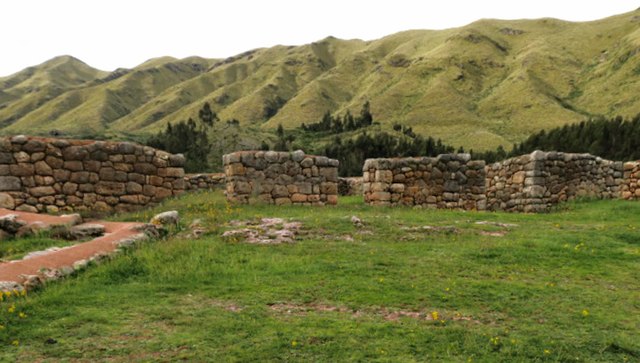
The Architectural Splendor of Puca Pucara
The architecture of Puca Pucara showcases the Incan mastery of stone. Structures harmonize with the natural landscape, offering both function and awe-inspiring views. The site includes a complex system of aqueducts, likely used for baths. Key features suggest it was more than a military outpost. Its proximity to other important sites, such as Tambomachay, reinforces this. This underscores the Incan prowess in construction. It reveals their keen sense of urban planning long before modern cities came to be.
Exploring Puca Pucara Today
Today, Puca Pucara is an accessible destination for history and culture enthusiasts. It forms part of the wider network of Cusco’s famed archaeological circuit. Tourists walk amidst the ruins, taking a step back into a bygone era. Informational signs help them understand the site’s context. This encounter with history isn’t just educational, it’s deeply moving. The remnants of this red stone complex tell a story. They remind us of the richness of pre-Columbian history. As such, Puca Pucara stands as a testament to the Incan Empire’s tenacity and ingenuity.
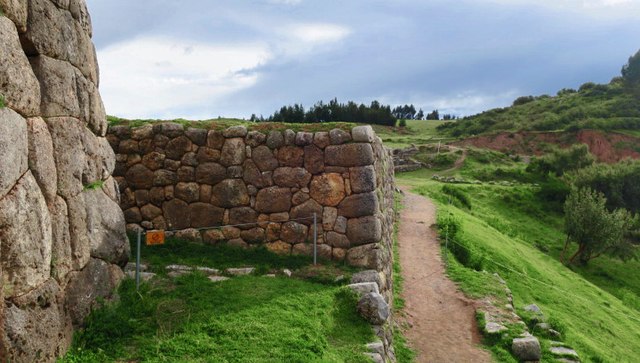
Historical Background of Puca Pucara
An Ancient Incan Outpost
Puca Pucara’s history can be traced back to the Inca civilization’s peak, an empire that once stretched across large parts of South America. This site served as a military checkpoint and safehouse for Incan royalty. It was strategically located to guard Cusco, the capital. Journeying back in time, one imagines soldiers watching over the stretches of the vast empire from this vantage point.
The Red Fortress: Name and Function
The site’s name, ‘Puca Pucara’, stands for ‘Red Fortress’ in Quechua, the language of the Incas. This name likely comes from the red hue of its rocks at dusk. Furthermore, it was a rest stop and provision center for travelers. This marked it as a spot where weary messengers replenished before continuing on the Incan road system.
Puca Pucara was not just a military site. It also had ceremonial significance. Its proximity to the religious springs at Tambomachay suggests rituals took place here too. The overlap of military and spiritual functions underlines the complexities of the Incan culture.
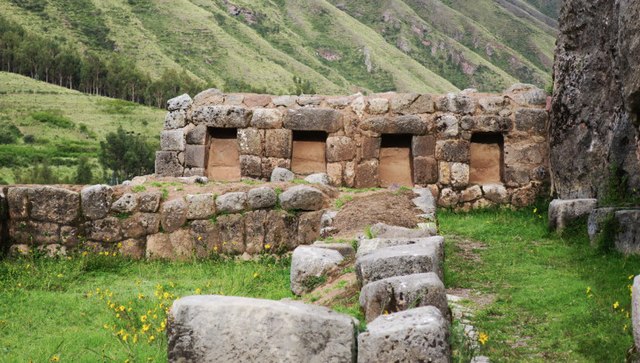
The Incan Architectural Brilliance
The architecture of Puca Pucara is a testament to the advanced techniques of the Incas. The skillful stonework fits together tightly without mortar, typical of Incan construction. The numerous rooms, trails, and water aqueducts indicate a bustling hub of activity, all serving the empire’s well-oiled military and trade networks.
Puca Pucara’s historical background is as robust as the stones it was built from. It continues to draw in visitors from around the globe. They marvel at the intelligent design and consider the ingenious strategies of the ancient Incans. The site remains a relic of a time when a powerful culture thrived in the harsh Andean environment.
The Discovery of Puca Pucara
Unveiling the Red Fortress
As a significant part of the vast Incan Empire, the fortification known as Puca Pucara stood untouched until modern archeological interest arose. While locals always knew of its presence, it wasn’t until the scholars and explorers of the 20th century started to take an immense interest in Incan structures that Puca Pucara began to receive scholarly attention. Detailed study and excavation have led to a growing understanding of its importance in Incan society.

The Early Explorers
Initial investigations were conducted in the early 1900s by historians intrigued by the Incan civilization. Hiram Bingham, known for his discovery of Machu Picchu in 1911, also referenced Puca Pucara in his accounts. However, it was not the focus of thorough exploration until later. Often overshadowed by the grandeur of nearby Machu Picchu, it silently awaited its turn to be unveiled.
The Archeological Efforts
Archaeological interest increased in the mid-20th century, as the push to conserve and understand Incan history grew. Teams from Peru and international scholars worked diligently. They unearthed the site’s varied structures and confirmed their hypotheses about its military and ceremonial use. Methodical excavation brought to light artifacts that gave insights into the day-to-day life of those who manned this fortress.
Puca Pucara, through its discovery and excavation, has provided incredible knowledge about the Incan civilization. Its particular construction techniques and strategic location have broadened the understanding of Incan military prowess and administrative skills. Academics and visitors alike continue to learn from the ongoing studies being carried out at the site.
Today, the Puca Pucara site stands not merely as a relic of the past but as a beacon of ancient ingenuity. Its discovery and subsequent research have cemented its status as a crucial piece of the Incan jigsaw puzzle. And while much has been uncovered, it’s clear that Puca Pucara still holds many secrets about the Incan Empire, eagerly awaiting further exploration.
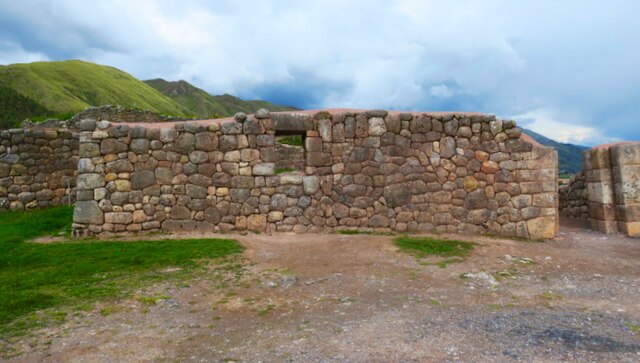
Cultural Significance, Dating methods, Theories and Interpretations
Cultural Heart of the Inca Empire
Puca Pucara is a treasured window into the cultural world of the Inca Empire. As a military complex, it was integral to the empire’s defense. Moreover, it was a social hub and ceremonial site that echoed the Incas’ spiritual beliefs. The fortress, bathed in the red glow of its stones at sunset, holds deep significance. For the Incas, it was a nexus of both earthly and divine connections. Its preservation allows us a glimpse into their societal values and rituals from the past.
Unlocking the Past: Carbon-Dating and Beyond
Unraveling the mysteries of Puca Pucara has hinged on accurate dating methods. Radiocarbon dating has been pivotal in establishing a timeline for the site’s construction and use. By analyzing organic materials found within the site, researchers have pinpointed its origins to the 15th century. This precise dating frames Puca Pucara within a specific historical context. It allows for sharper insights into Incan civilization during that era.

Debated Theories on its Functions
There’s ongoing discourse about the precise functions of Puca Pucara. Some historians highlight its role in the defense network protecting Cusco. Others stress its significance in lodging personalities of importance. It also hosted various rituals. The multifaceted nature of Puca Pucara is the cornerstone of these discussions. The diverse theories on Puca Pucara encourage a multidimensional understanding of the site.
Interpreting Puca Pucara’s remnants has led to a deeper appreciation of the Inca. Distinct rooms within its walls suggest various domestic routines and administrative tasks. The presence of an intricate aqueduct system speaks to its importance in daily life. It outlines Incan ingenuity in architecture and city planning.
The cultural influence of Puca Pucara persists today, as the site continues to inform and fascinate. It stands as a living museum, fueling the imaginations of visitors. Those who walk its grounds feel the echoes of an empire that once ruled the Andes. Puca Pucara thus maintains its foothold not just in history, but also in the minds of those it inspires.
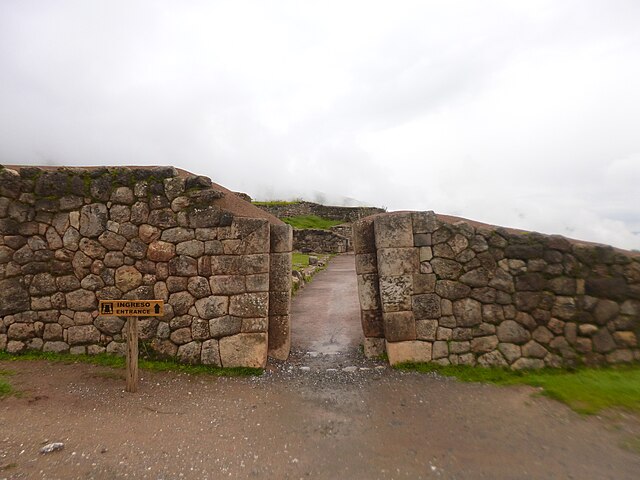
Conclusion and Sources
In the wake of uncovering its layers of history, Puca Pucara emerges as a site of remarkable cultural and architectural significance within the Incan Empire. Beyond mere military use, its spiritual and societal roles exemplify the multiplicity of Incan structures. Through diligent archaeological work aided by modern dating methods, interpretations of Puca Pucara continue to evolve, offering profound insights into pre-Columbian South America. This site commands respect not only for its past iconography but also as a symbol of relentless curiosity that drives the exploration of ancient civilizations.
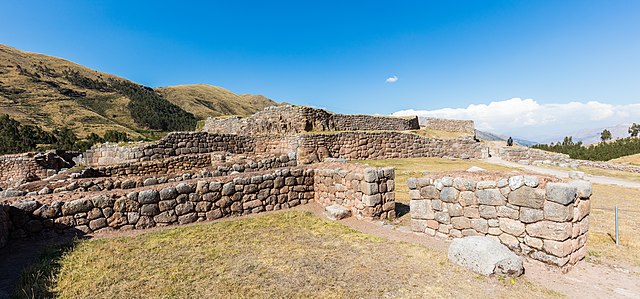
For further reading and to validate the information presented in this article, the following sources are recommended:
Or you can check any of these reputable archaeological and historical texts:
Besom, T. (2016). ‘Reconsidering the Puca Pucara Complex in the Context of Huacas and Ceques in the Cusco Region’. Andean Past, 12, 395-425.
Rowe, J.H. (1946). ‘Inca Culture at the Time of the Spanish Conquest’. Handbook of South American Indians, 2, 183-330. Bureau of American Ethnology Bulletin 143. Washington, D.C.: Smithsonian Institution.
Niles, S.A. (1999). The Shape of Inca History: Narrative and Architecture in an Andean Empire. Iowa City: University of Iowa Press.
Zuidema, R.T. (1982). ‘Inca Civilization in Cuzco’. Austin: University of Texas Press.
D’Altroy, T.N. (2002). The Incas. Malden, MA: Blackwell Publishers.
